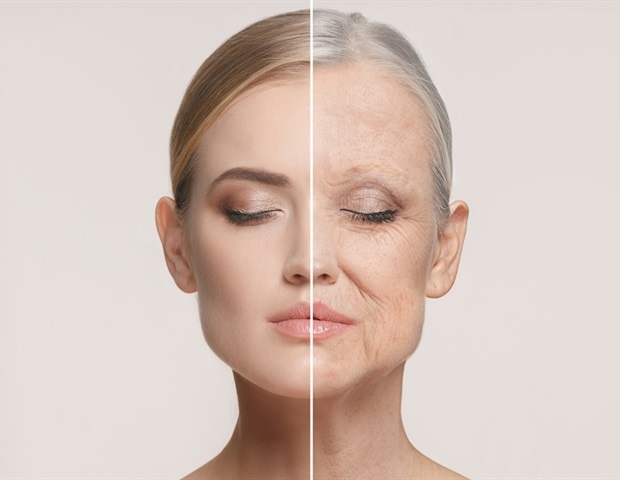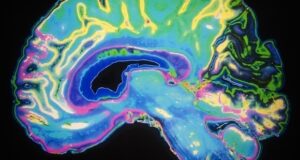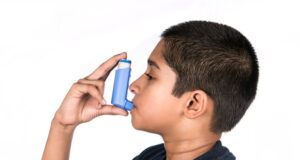
Two researchers from The University of Texas at Dallas’ Center for Vital Longevity (CVL) have received a five-year grant from the National Institutes of Health (NIH) to expand their study of brain structure, function and cognition across time through the use of powerful high-resolution imaging.
Psychology professors Dr. Kristen Kennedy and Dr. Karen Rodrigue in the School of Behavioral and Brain Sciences were awarded $3.7 million from the NIH’s National Institute on Aging to extend their Dallas Area Longitudinal Lifespan Aging Study to include a fourth and fifth wave of data collection, which will allow them to follow study participants across 14 years. The project already spans three cycles of data collection over approximately eight years, with individuals ranging in age from 20 to 98.
Kennedy and Rodrigue will use one of the most powerful imaging machines in existence -; the 7-Tesla magnetic resonance scanner, one of about 35 in the U.S., at the Advanced Imaging Research Center (AIRC), a joint facility with UT Southwestern Medical Center, UT Dallas and other North Texas institutions. Using this 24-ton MRI machine that has the ability to image less than a millimeter of tissue, the researchers will be able to explore the chemical metabolites of the brain’s tissue.
Understanding the mechanisms behind normal versus pathological aging is a crucial public health goal. While cognitive neuroscience has made great strides in identifying the major brain differences between younger and older adults, a true measure of aging requires longitudinal studies like ours that show how brain and cognitive metrics change over time within an individual, while also sampling individuals in middle adulthood.”
Dr. Kristen Kennedy, Director of the Neuroimaging of Aging and Cognition Lab at CVL
By project’s end, the researchers will have five waves of data spanning 180 study participants.
“The next two sets of data will add novel information about the metabolic factors that may determine if a person’s brain-aging trajectory is healthy or not, leading to pathologies such as Alzheimer’s disease,” said Rodrigue, director of the Cognitive Neuroscience of Aging Lab at CVL.
Technological advances since the research began have enabled scientists to study aging at a more granular level as they look for biomarkers that advance understanding of individual differences in brain aging.
“The biological interactions that determine how we age are beyond the reach of traditional neuroimaging,” Kennedy said. “These neurocognitive trajectories and outcomes must be studied at the micro-, meso- and macroscales: from cells and molecules to the tissue level that we can now see at 7-Tesla, to the larger level that we have been observing with traditional MRI resolution.”
The new phase of the project has three aims. The first involves seeking microlevel chemical factors in larger-scale brain changes over time.
“We believe that participants who maintain previous levels of blood-oxygen signals will differ in their neurometabolite signatures from those who don’t,” Kennedy said. “Whether that comes in the form of high antioxidant levels, lower inflammation or other factors that we can now measure -; that’s what we’re out to learn.”
The second aim involves measuring cortical-layer thickness and myelin content to identify patterns that correspond with healthy or dysfunctional aging. The final aim is to begin untangling the relationships between aging at the three scale levels.
The 7-T imaging will allow for three new types of imaging precision for the CVL project: Myelin can be measured to gauge the health of white matter connections between brain regions; cortical thickness can be measured with greater precision to gain new insight into how the cerebral cortex ages; and neurochemical molecular and cellular brain signatures can be identified that may tie strongly to certain aging patterns.
“We will measure regional brain concentrations of several neurometabolites, including antioxidants like glutathione, the neurotransmitters gamma-aminobutyric acid (GABA) and glutamate, neuroinflammation markers, additional amino acids and more,” Kennedy said. “This opportunity to bridge gaps in knowledge between fields and across spatial scales is immensely exciting.”
Rodrigue emphasized that major advances in the study of aging are only possible with long-term, longitudinal studies, which by design must span multiple funding awards.
“With this continuing support from NIH, we can now test hypotheses about the health biomarkers and the specific patterns of brain aging that combine to predict successful cognitive aging in older adulthood, as well as those patterns that underlie the progression from healthy to pathological aging,” Rodrigue said.
Rodrigue and Kennedy also highlighted the crucial contributions that colleagues at UT Southwestern will make to the project.
“This research is only possible because of the collaboration we have with the outstanding scientists at UT Southwestern, namely [AIRC director] Dr. Anke Henning, a world-renowned expert in spectroscopy and ultra-high field imaging; [AIRC assistant professor] Dr. Jiaen Liu, whose expertise in submillimeter structural MRI is crucial; and [psychiatry associate professor] Dr. Elena Ivleva, with her clinical knowledge of psychiatric and neurological disease biomarkers,” Kennedy said. “This is an exciting team to be able to work with.”
Source:




